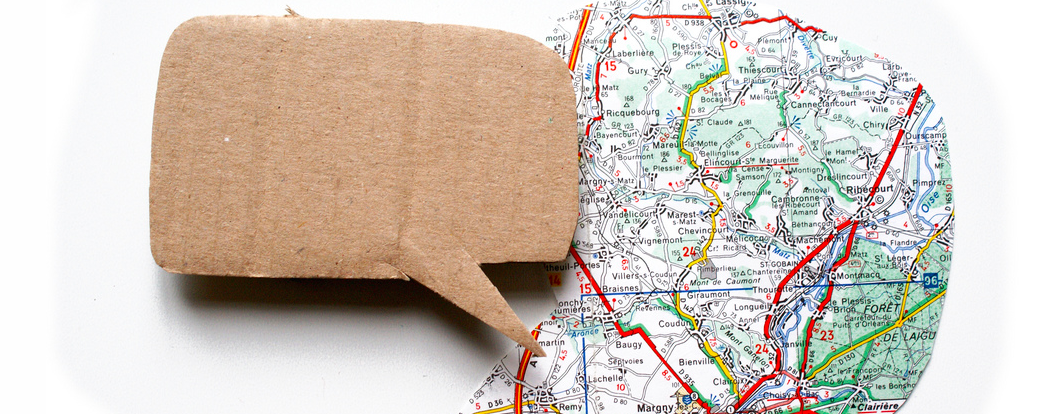New Scientist
Image: Marc Wathieu
Hundreds of languages, from English to Hindustani, are all derived from a single ancestral tongue. Now DNA from ancient bones suggests that the people who spoke this ancient language lived somewhere south of the Caucasus mountains in western Asia.
Languages evolve and diversify, much like biological species. Today, about 3 billion people today speak an Indo-European language, such as English, Spanish, Hindustani and Nepali. All these languages are descended from a single common ancestor.
This hypothetical ancient language, Proto-Indo-European (PIE), was spoken somewhere in Eurasia some time between about 5500 and 9000 years ago. But linguists are unsure where.
There are two leading ideas. The PIE homeland was either on the western Eurasian steppe somewhere north of the Caucasus mountains, or somewhere to the south of those mountains, perhaps in the Fertile Crescent in western Asia.
Indo-European languages were ultimately spoken in both regions. This suggests that the ancient inhabitants of the Caucasus mountains, which lie directly between the two proposed homelands, might hold crucial clues. Read more on newscientist.com…








